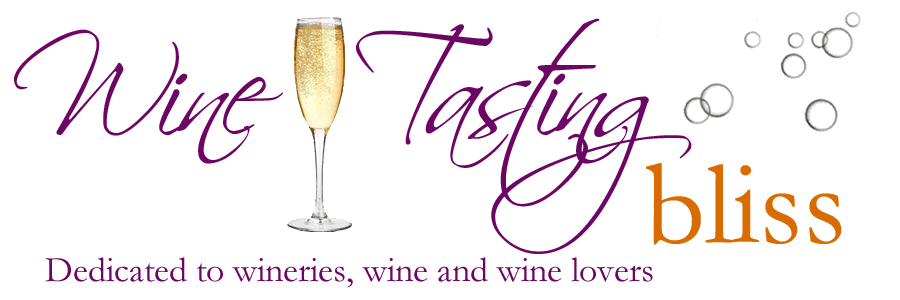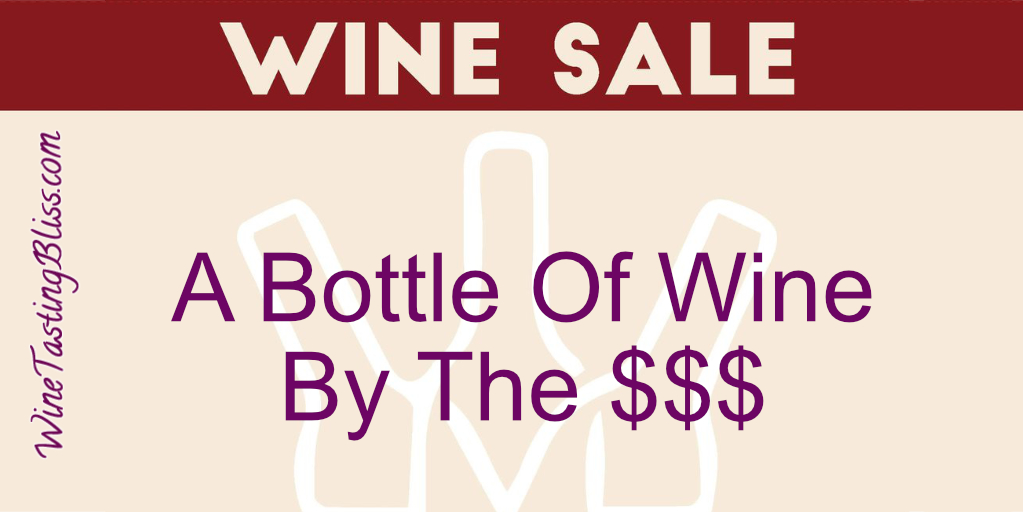While sipping on your favorite wine have you ever considered all of the work and expense that went into getting that wine into your glass? Here is a quick look at your wine’s journey:
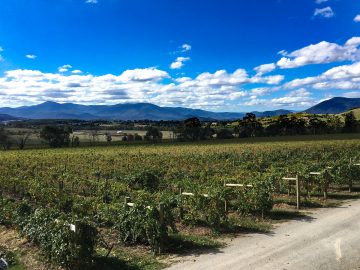 First, you need some grapes. Growing grapes is not cheap because of the limited land that can grow quality wine grapes. A million dollars is not an unusual price tag for an acre of land in the prestigious Burgundy vineyard area. An acre of vineyard in Napa Valley can easily sell for $300,000. And that just buys the vineyard, without considering the planting, pruning, and picking costs. To maximize the flavor of the best grapes, vineyard managers prune away many of the grape clusters early in the growing cycle, resulting in lower yields. Hand picking at the end of summer keeps the grapes whole and unbroken, but dramatically increases costs compared to machine harvesting.
First, you need some grapes. Growing grapes is not cheap because of the limited land that can grow quality wine grapes. A million dollars is not an unusual price tag for an acre of land in the prestigious Burgundy vineyard area. An acre of vineyard in Napa Valley can easily sell for $300,000. And that just buys the vineyard, without considering the planting, pruning, and picking costs. To maximize the flavor of the best grapes, vineyard managers prune away many of the grape clusters early in the growing cycle, resulting in lower yields. Hand picking at the end of summer keeps the grapes whole and unbroken, but dramatically increases costs compared to machine harvesting.
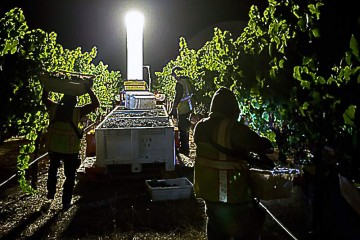 Want to purchase grapes instead of grow your own? Harvested grapes can range from $1,000 a ton at the low end up to $10,000 a ton. Napa Valley grapes average $3,500 a ton while Columbia Valley in Washington state come in around $1,500 per ton. California Central Valley grapes will run about $750 per ton. High-end wines use the ”free-run juice,” which is juice that comes from the grape with minimal pressing. Less expensive wines are made from all the juice that can be squeezed out of the grapes, resulting in more tannins and solids. A ton of grapes yields roughly 700 bottles of wine, so the cost of grapes represent roughly $1.40 to $14 to the cost of a bottle of wine.
Want to purchase grapes instead of grow your own? Harvested grapes can range from $1,000 a ton at the low end up to $10,000 a ton. Napa Valley grapes average $3,500 a ton while Columbia Valley in Washington state come in around $1,500 per ton. California Central Valley grapes will run about $750 per ton. High-end wines use the ”free-run juice,” which is juice that comes from the grape with minimal pressing. Less expensive wines are made from all the juice that can be squeezed out of the grapes, resulting in more tannins and solids. A ton of grapes yields roughly 700 bottles of wine, so the cost of grapes represent roughly $1.40 to $14 to the cost of a bottle of wine.
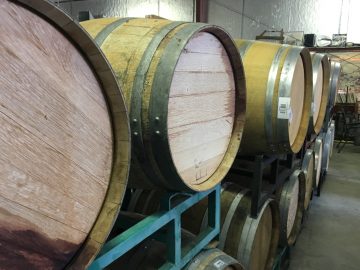 The grape juice is fermented, and then the red wines need aging on oak. The least expensive way to add the oak influence is to add oak chips or staves to a large stainless steel tank for a few months. More premium wines are aged in oak barrels. French oak barrels can run over $1,000 each while American oak barrels are less expensive, but still cost$300 to $500. A barrel holds about 280 bottles, so aging in French oak will contribute more than $2 to the cost of a bottle of wine.
The grape juice is fermented, and then the red wines need aging on oak. The least expensive way to add the oak influence is to add oak chips or staves to a large stainless steel tank for a few months. More premium wines are aged in oak barrels. French oak barrels can run over $1,000 each while American oak barrels are less expensive, but still cost$300 to $500. A barrel holds about 280 bottles, so aging in French oak will contribute more than $2 to the cost of a bottle of wine.
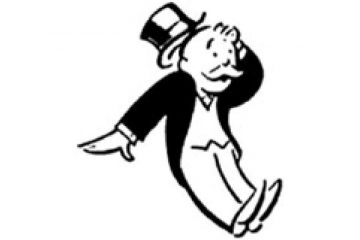 Wine, especially red wine, needs aging time before it is ready for sale. During this time there are storage and handling costs, plus annual taxes to pay, all before the first bottle of the vintage can be sold. A winery can easily be sitting on 3-5 vintages of wine that the winemaker considers too young to sell, raking up costs without returning any revenue. Especially in the early years of a winery, this mountain of growing cost is challenge to support.
Wine, especially red wine, needs aging time before it is ready for sale. During this time there are storage and handling costs, plus annual taxes to pay, all before the first bottle of the vintage can be sold. A winery can easily be sitting on 3-5 vintages of wine that the winemaker considers too young to sell, raking up costs without returning any revenue. Especially in the early years of a winery, this mountain of growing cost is challenge to support.
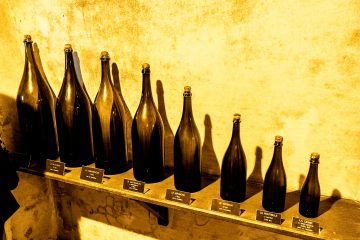 After aging, the wine needs a bottle. The cost of a glass bottle can range from 50 cents for a low-end bottle up to several dollars for a distinctive, high-end bottle. The cork at the mouth of the bottle can cost from 10 cents to a dollar, while the label adds 20 to 50 cents. That’s after the winery spends tens to hundreds of thousands of dollars on graphic design for all of the identity and marketing materials. Packing the beautiful new wine bottles in a wood box can add $10, while a nice cardboard box is half that. Those scary-thin cardboard boxes that inexpensive wines use are provided free by the bottle manufacturer.
After aging, the wine needs a bottle. The cost of a glass bottle can range from 50 cents for a low-end bottle up to several dollars for a distinctive, high-end bottle. The cork at the mouth of the bottle can cost from 10 cents to a dollar, while the label adds 20 to 50 cents. That’s after the winery spends tens to hundreds of thousands of dollars on graphic design for all of the identity and marketing materials. Packing the beautiful new wine bottles in a wood box can add $10, while a nice cardboard box is half that. Those scary-thin cardboard boxes that inexpensive wines use are provided free by the bottle manufacturer.
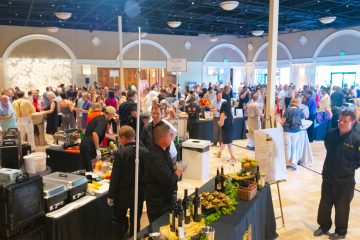 Another cost that many people overlook is all of the marketing that supports the winery brand. Tasting rooms and participation in competitions and charity events generate little or no revenue but are considered essential for generating name recognition and supporting a premium reputation. This can easily represent hundreds of thousands of dollar a year for many wineries.
Another cost that many people overlook is all of the marketing that supports the winery brand. Tasting rooms and participation in competitions and charity events generate little or no revenue but are considered essential for generating name recognition and supporting a premium reputation. This can easily represent hundreds of thousands of dollar a year for many wineries.
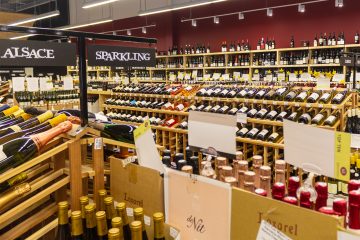 Once the wine is ready for sale the costs continue to climb. Typically the winery sells the wine to a distributor, which sells to a retailer. This can easily double or triple the cost of the wine. This has opened the door for on-line wine marketers that eliminate much of the markup in the traditional supply chain. Or, like us, you can buy your wine from the winery. That rarely saves much money but provides much more revenue per bottle and strengthens the bond between winery and consumer.
Once the wine is ready for sale the costs continue to climb. Typically the winery sells the wine to a distributor, which sells to a retailer. This can easily double or triple the cost of the wine. This has opened the door for on-line wine marketers that eliminate much of the markup in the traditional supply chain. Or, like us, you can buy your wine from the winery. That rarely saves much money but provides much more revenue per bottle and strengthens the bond between winery and consumer.
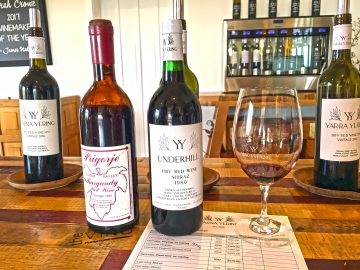 With all of the costs that accumulate to deliver one bottle of wine to the wine lover, the actual selling price is much more driven by “what the market will bear” than some multiple of the raw costs. Yes, high-end wine costs more to make than low-end wine, but the profit margins really soar once a winery has established itself as a producer of fine wine. Does a $100 bottle of wine really taste $80 more delicious than a $20 bottle? Only your palate and your wallet can say!
With all of the costs that accumulate to deliver one bottle of wine to the wine lover, the actual selling price is much more driven by “what the market will bear” than some multiple of the raw costs. Yes, high-end wine costs more to make than low-end wine, but the profit margins really soar once a winery has established itself as a producer of fine wine. Does a $100 bottle of wine really taste $80 more delicious than a $20 bottle? Only your palate and your wallet can say!
About the Author: John grills a mean steak and is always in the market for another wine fridge. Believes that if a winery has more than 10 employees, it's probably too big. Buys wine faster than he drinks it, but who cares?
